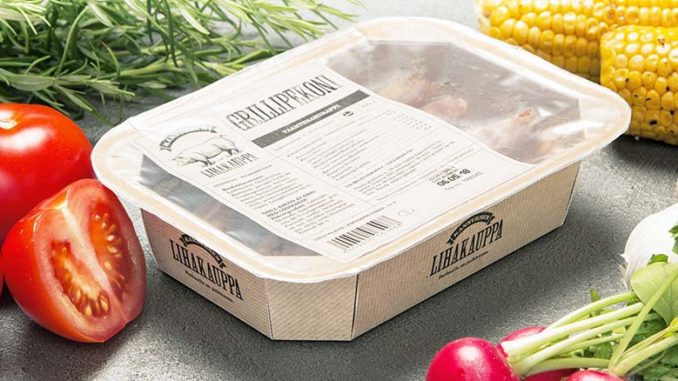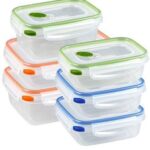Packaging for frozen foods serves several important purposes, including preservation, protection, and presentation. Here are some key considerations and common features of frozen food packaging:
Preservation: Frozen food packaging must effectively preserve the quality and freshness of the food during storage and transportation. This often involves using materials that can withstand low temperatures without becoming brittle or losing their integrity.
Protection: Frozen food packaging should protect the contents from physical damage, moisture, freezer burn, and contamination. This may include using moisture-resistant materials, such as plastic films or laminates, and incorporating features like seals or closures to prevent air and moisture from entering.
Insulation: Packaging may include insulation to help maintain the frozen temperature of the food during transit and storage. This could involve using materials like foam or insulated liners within the packaging.
Visibility: Clear packaging or windows are often used to allow consumers to see the product inside, which can be particularly important for frozen foods where appearance is a key factor in consumer choice.
Labeling: Clear and informative labeling is essential for frozen food packaging. Labels should include product name, ingredients, nutritional information, cooking instructions, and any relevant warnings or allergy information.
Convenience: Packaging should be designed for ease of handling, storage, and opening, especially considering that consumers may need to access the product while wearing gloves or dealing with frozen temperatures.
Sustainability: Increasingly, consumers are looking for environmentally friendly packaging options. Manufacturers may opt for materials that are recyclable, compostable, or made from renewable resources.
Branding and Marketing: Packaging plays a crucial role in branding and marketing frozen food products. Eye-catching designs, logos, and messaging can help products stand out on store shelves and communicate important information about the brand and product benefits.
Size and Portion Control: Frozen food packaging may come in various sizes to accommodate different portion sizes and consumer needs. Single-serving portions, family-sized packages, and bulk options are common.
Regulatory Compliance: Packaging must comply with relevant food safety regulations and standards, including those related to labeling, materials used, and contact with food.
Overall, frozen food packaging must balance practical considerations such as preservation and protection with consumer preferences for convenience, sustainability, and branding. As consumer preferences and regulatory requirements continue to evolve, so too will the design and materials used in frozen food packaging.






